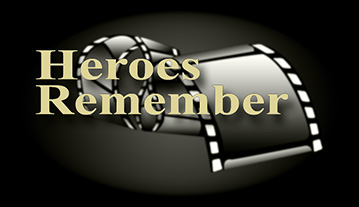Wellingtons
Heroes Remember
Wellingtons
This video format is not currently supported!
Transcript
Description
At the onset of WWII, the Wellington was Britain’s largest and heaviest bomber. Mr. Doiron gives us an in depth look at how things were made and done on board this canvas covered plane.
Leonard Doiron
Mr. Doiron was born in Charlottetown, Prince Edward Island on January 21st 1923. His father worked in wholesale and retail until he was injured and opened his own shoe repair shop. Mr. Doiron joined the Air Force on February 15th 1941 where he began his training in Chatham, New Brunswick. In June 1941 he was sent to Initial Training School in Victoriaville, Québec. Mr. Doiron was part of the top 10 aspiring pilots and was picked to become one. He was later sent back to Chatham where he was washed out for inconsistent flying. The RAFFC (Royal Air Force Ferry Command) noticed his Morse code abilities and had him transferred to Dorval, Québec. He was then stationed in Bournemouth, England. He did his Operational Training in Northern Ireland where he was assigned to a Wellington air plane crew. He flew many missions over the Gulf of Toranto (Italy) - about 300 hours of Operational Flying Time and was promoted to Warrant Officer Class 1. He then went to Cairo, Egypt and to Palestine for a short time before being sent back home on the Louis Pasteur. Mr. Doiron retired from the service in the 1970's.
Meta Data
- Medium:
- Video
- Owner:
- Veterans Affairs Canada
- Duration:
- 04:02
- Person Interviewed:
- Leonard Doiron
- War, Conflict or Mission:
- Second World War
- Location/Theatre:
- Europe
- Branch:
- Air Force
- Units/Ship:
- Royal Air Force Ferry Command (RAFFC)
- Rank:
- Sergeant
- Occupation:
- Radio Operator
Related Videos
- Date modified:



